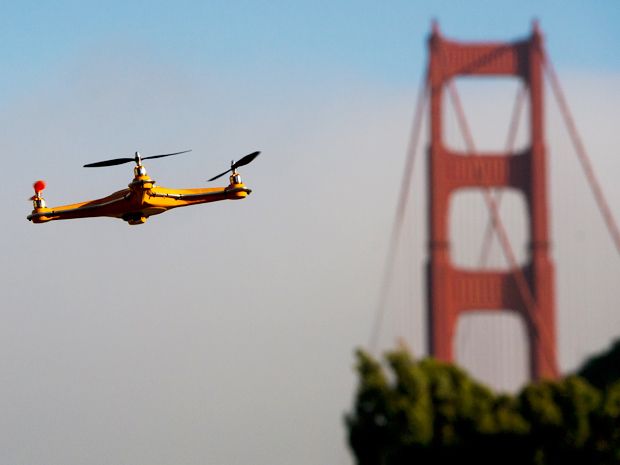California’s No Drone Zones
Proposed law would ban “trespassing” by low-flying drones
Do property owners have control over their airspace? That’s the question on the table when the California legislature considers bill SB 142, which bans trespassing by drones. The legislation would only cover drones flying below 400 feet (122 meters); above 400 feet, the airspace is regulated by the Federal Aviation Administration (FAA). The FAA is still working out its drone rules, but at this point the regulations require hobbyists to keep their drones below 400 feet.
This isn’t the first—and likely won’t be the last—California legislation trying to put some boundaries on drone use. Last autumn, California Governor Jerry Brown signed a law preventing “drone paparazzi,” that is, the use of drones to capture images and voices of people without their permission. (Police, however, are allowed to use drones for surveillance with few limits—Brown vetoed a bill that would have required a warrant in some cases.) The new anti-trespassing law would take drone control a step further, defining trespassing to include “operation of an unmanned aerial vehicle below the navigable airspace overlaying the property”—even if the drone isn’t taking pictures.
So what does that mean for your average drone-owner? Unless you’ve got a really big yard, a very precisely controlled drone, or can work out agreements with your neighbors, it likely means doing your flying in open, public spaces. And while it is a relief that I won’t have to worry about a drone crashing on my roof, I will miss the “lost drone” notices around town.
Tekla S. Perry is a senior editor at IEEE Spectrum. Based in Palo Alto, Calif., she's been covering the people, companies, and technology that make Silicon Valley a special place for more than 40 years. An IEEE member, she holds a bachelor's degree in journalism from Michigan State University.
